FriCAS

FriCAS: Open Source Symbolic Computer Algebra System
FriCAS is an open source computer algebra system that specializes in symbolic computation. It has a powerful engine for manipulating mathematical expressions and can be used for calculus, number theory, algebra, and more.
What is FriCAS?
FriCAS (formerly Axiom) is a general purpose computer algebra system with a focus on symbolic computation. It has powerful capabilities for working with mathematical expressions and can perform calculus, number theory, algebra, integral transforms, special functions, and more.
Some key features of FriCAS include:
- A rich language for defining mathematical objects like groups, rings, fields, vector spaces etc.
- Advanced symbolic manipulation and simplification of expressions
- Arbitrary precision numeric computations
- 2D and 3D plotting capabilities
- A large library of mathematical functions and algorithms
- Interfaces to other languages like C, Python, Maple, Mathematica
FriCAS is open source software written in SPAD and available for Linux, MacOS and Windows. It has an extensive standard library and active community support. The syntax is different than some commercial CAS systems but quite powerful once learned.
If you need to do heavy symbolic math, number crunching, exploration of mathematical constructs or algorithm development, FriCAS is an excellent free alternative to consider.
FriCAS Features
Features
- Symbolic computation and algebraic manipulation
- Interactive environment for mathematical exploration
- Supports arithmetic, calculus, linear algebra, combinatorics, number theory, etc.
- Computer algebra system kernel written in Common Lisp
- Notebook interface for literate programming
- Extensible through user-defined domains and packages
- Translators to and from Maple and Mathematica
Pricing
- Open Source
Pros
Cons
Official Links
Reviews & Ratings
Login to ReviewThe Best FriCAS Alternatives
Top Education & Reference and Math & Science and other similar apps like FriCAS
Here are some alternatives to FriCAS:
Suggest an alternative ❐R (programming language)
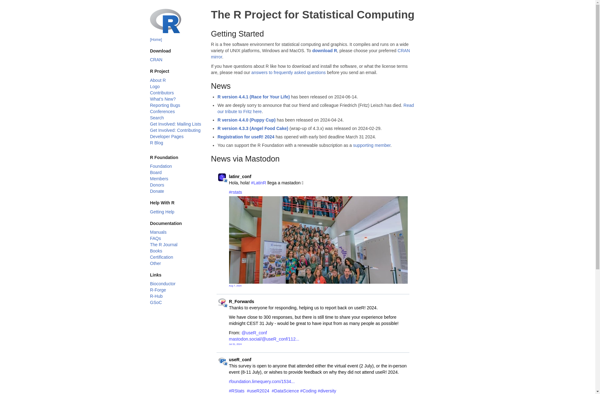
PTC Mathcad
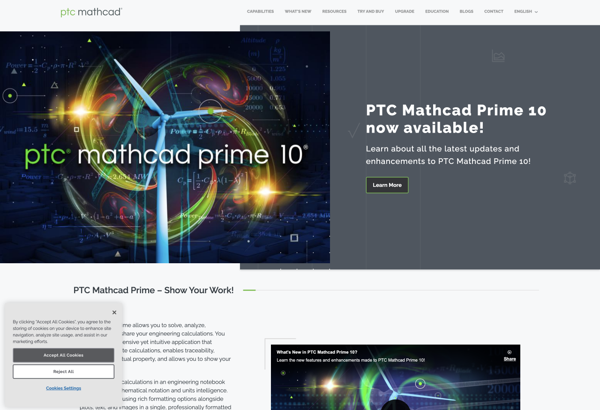
Mathematica
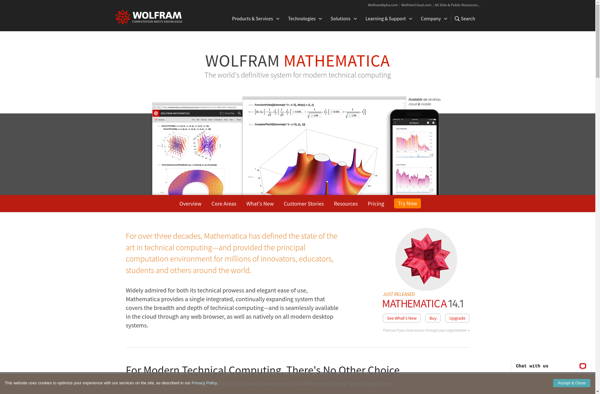
MATLAB
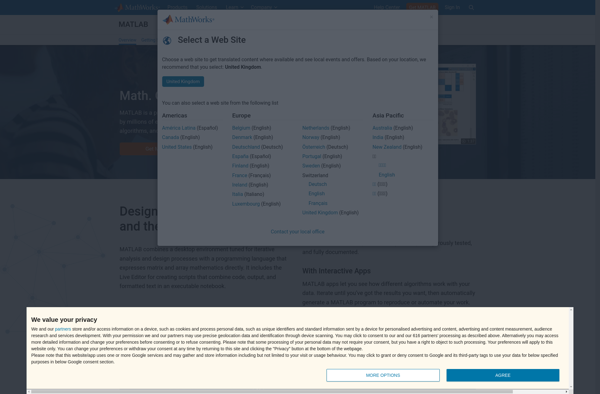
Maple
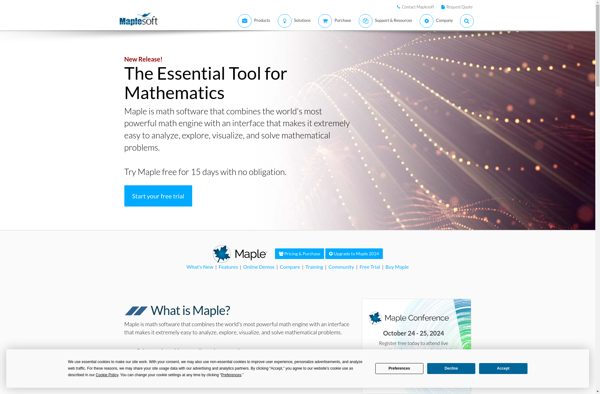
Scilab
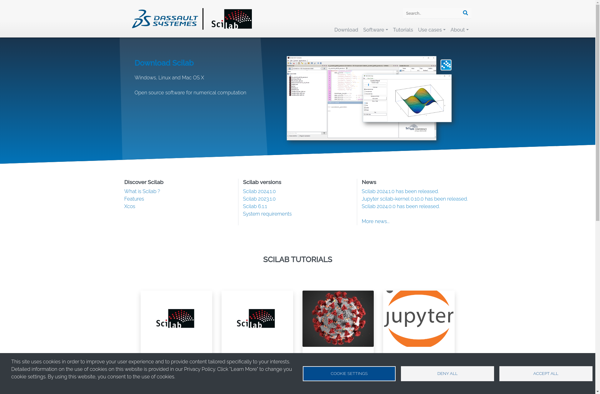
GNU Octave
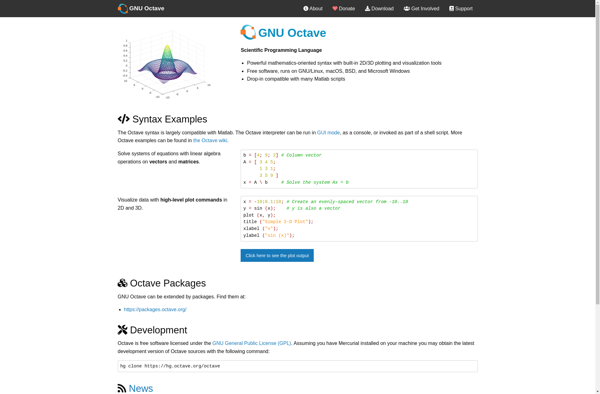
Maxima
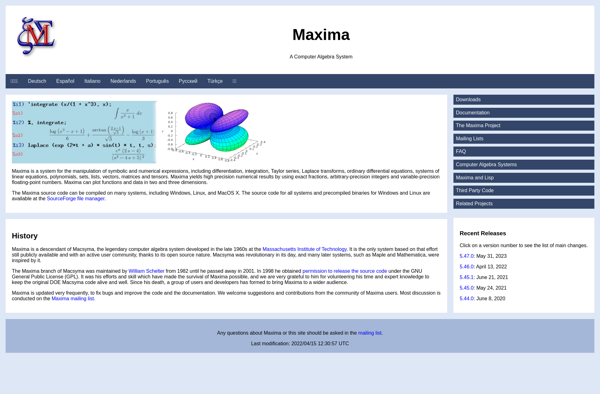
SageMath
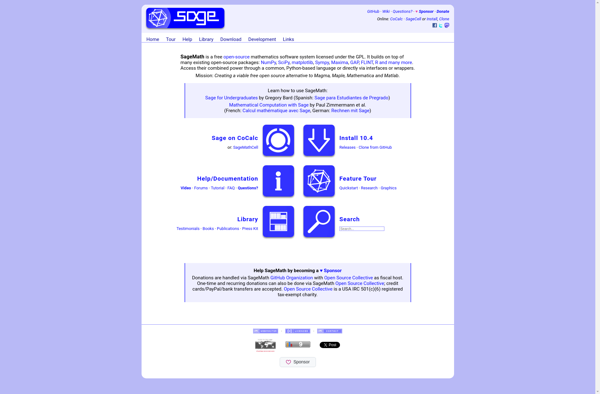
WxMaxima
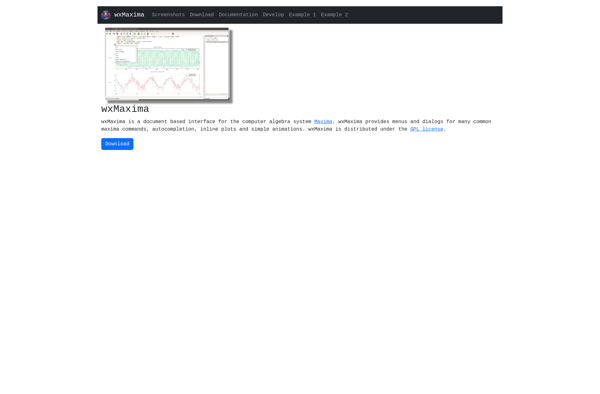
SymPy
